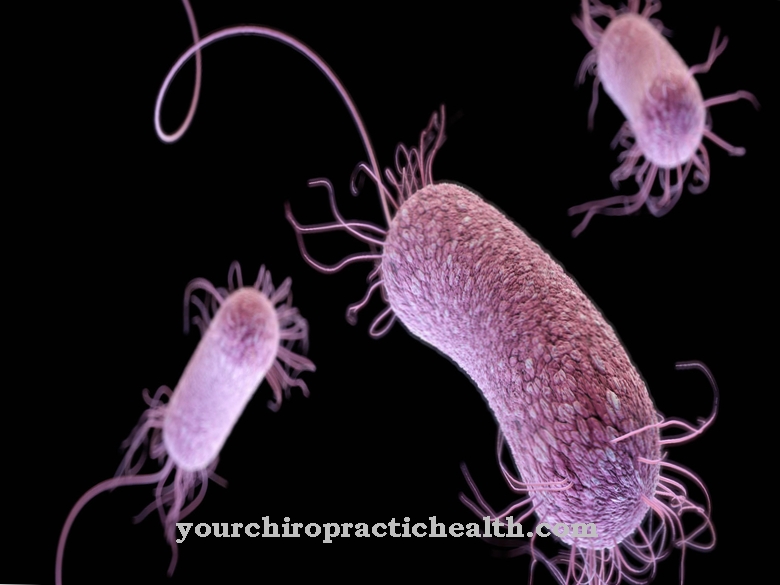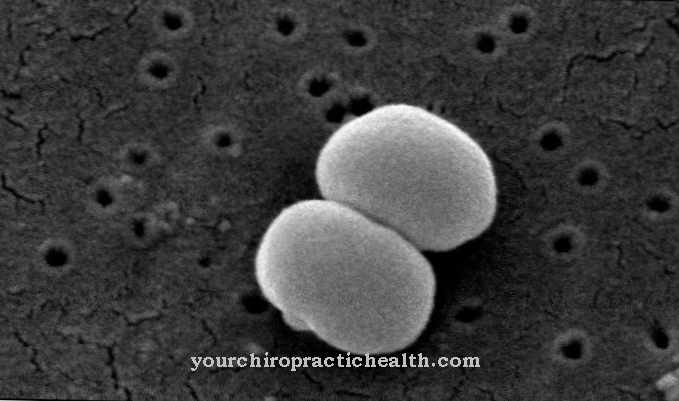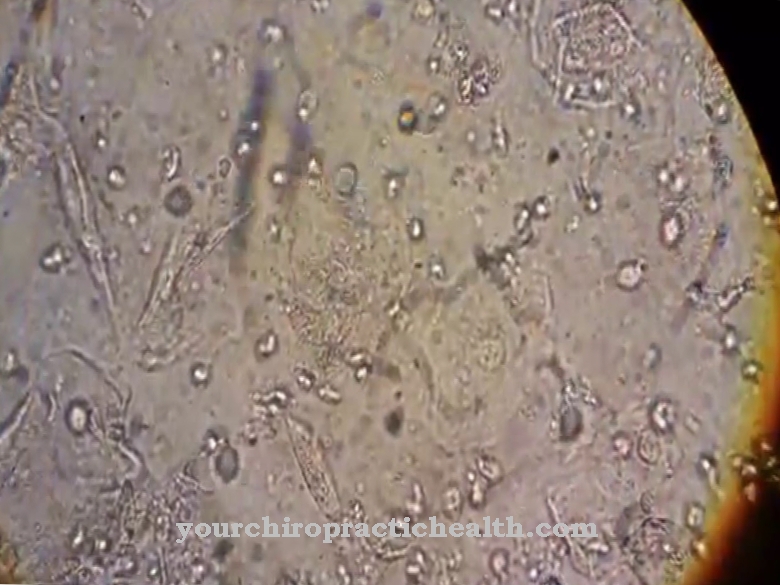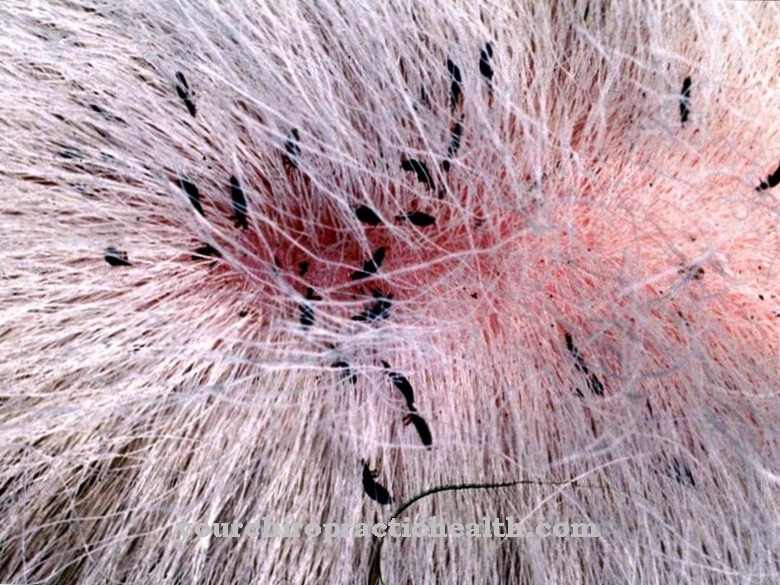Of the Pork tapeworm (Taenia solium) is a parasite that is transmitted to humans through the consumption of raw pork. For Taenia solium, humans are final hosts, whereas pigs are only intermediate hosts.
What is the pork tapeworm?

Taenia solium is one of the most important representatives of the tapeworms (cestodes). Cestodes belong to the group of worms (helminths). They colonize the intestine parasitically and have a white to yellowish color. The worms have a head called a scolex. This is equipped with suction cups and a ring of hooks.
A single pork tapeworm consists of several tapeworm limbs. Several thousand of these proglottids form a long chain. This chain is also known as a strobila. The pork tapeworms can reach a length between two millimeters and 20 meters.
The cestodes and thus also the pork tapeworm belong to the endoparasites. Endoparasites are parasites that live inside the host. They do not have their own intestines, but instead take in nutrients from the host's digestive tract. The absorption takes place via the body surface. The outer skin of the pork tapeworm is also called the tegument. It protects the worm from aggressive substances and at the same time serves to absorb nutrients.
The tapeworms grow by molting. To do this, they repel the old tegument and form a new skin.
Occurrence, Distribution & Properties
The pork tapeworm lives as a parasite in humans. Infection occurs through eating meat that has been contaminated with the larvae of the pork tapeworm. The cycle of infection begins with the ingestion of the tapeworm eggs by the pig. The eggs are excreted by other tapeworm carriers and end up in the faeces on pastures or on the pig feed.
Larvae hatch from tapeworm eggs in the pig's small intestine. These drill through the intestinal wall and reach the pig's muscles via the bloodstream. This is where the so-called Finns form. Fins are thin-walled bubbles that are filled with liquid. In the bladder are the head and neck of the future pork tapeworm. The fins of the pork tapeworm are also known as cysticerks. A single fin contains only one tapeworm system. The respective fins can grow to be the size of a walnut.
A special form of the pig fin is Cysticercus racemosus. It is a pig fin in a brain ventricle. This can even be 20 centimeters.
The pig serves as an intermediate host for the pork tapeworm. Both domestic and wild boar are possible intermediate hosts. Humans ingest the tapeworm with infected meat. In the intestine, the skin of the fin is digested from the pig muscles, so that the head and neck of the worm are released. The tapeworm then hooks onto the mucous membrane of the small intestine with its suction cups and hooked head and grows there. New tapeworm links are constantly forming.
The individual members gradually become sexually mature and are able to fertilize themselves. The last two links form eggs. They peel off with the eggs and are excreted with the stool. Every day an infected person excretes up to nine tapeworm limbs including eggs. If eggs get into an intermediate host, fins develop there again. In humans, however, fins do not normally develop.
Illnesses & ailments
Pork tapeworm infection usually goes unnoticed in an adult. However, certain symptoms can occur. However, there may be a loss of appetite or nausea. Those affected can lose weight. You may also vomit. If the pork tapeworm causes injuries to the intestinal mucosa that are accompanied by blood loss, anemia can also develop. The eggs that pass in the stool can make the anus itch.
Inadequate hygiene can lead to serious self-infection. If the affected person scratches his anus due to the itching, the worm eggs stick under his fingernails. If it touches the face area, the worm eggs can get into the mouth from their own digestive tract. This can lead to what is known as cysticercosis. Cysticercosis describes the infestation of humans with cysticercias, i.e. with the larvae of the pork tapeworm.
In cysticercus cellulosus, numerous pea-sized fin vesicles form and settle in various places in the body. They can affect the skeletal muscles, eyes, skin, and the central nervous system. When skin and muscles are attacked by the Finns, this manifests itself in rheumatoid complaints. Non-specific general symptoms such as headaches or dizziness can also occur.
In cysticercosis with cysticercus racemosus, the fin vesicles collect in the form of grapes. The individual accumulations can take on considerable proportions. When the central nervous system is affected, various neurological complaints can occur. Over the years, the individual vesicles can also calcify when the Finns die. These calcifications are also visible in the X-ray. Cysticercosis with cysticercus racemosus is often fatal. Cysticercosis shows a so-called eosinophilia in the blood. The eosinophilic granulocytes are increasingly represented in the blood serum.
The disease is diagnosed by serological detection using immunofluorescence tests, immunoblots or ELISA. Microscopic examinations for tapeworms are also used. If cysticercosis is confirmed, an attempt is made to surgically isolate the larva. Medicines such as anthelmintics and corticosteroids are used as support.
To prevent infection with the pork tapeworm, it is advisable to either cook the pork or freeze it for at least a day at -20 ° Celsius. This will kill the Finns in the meat.



.jpg)























